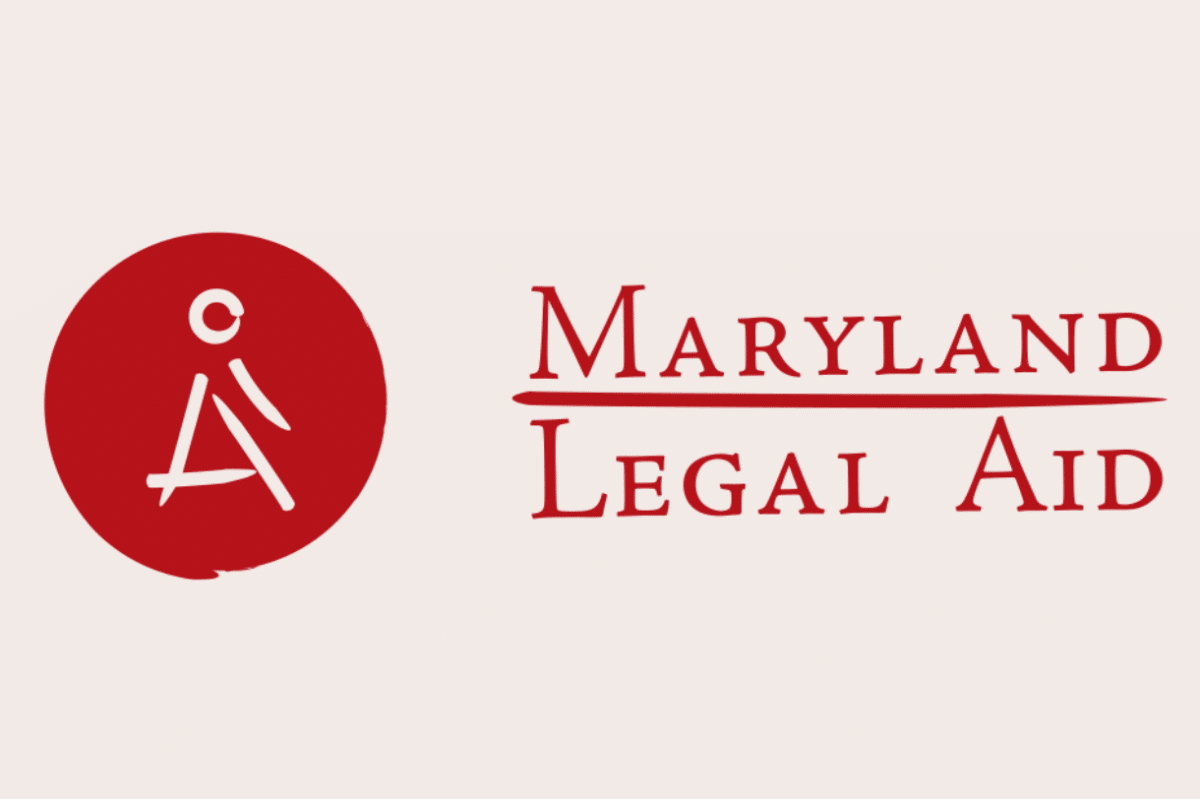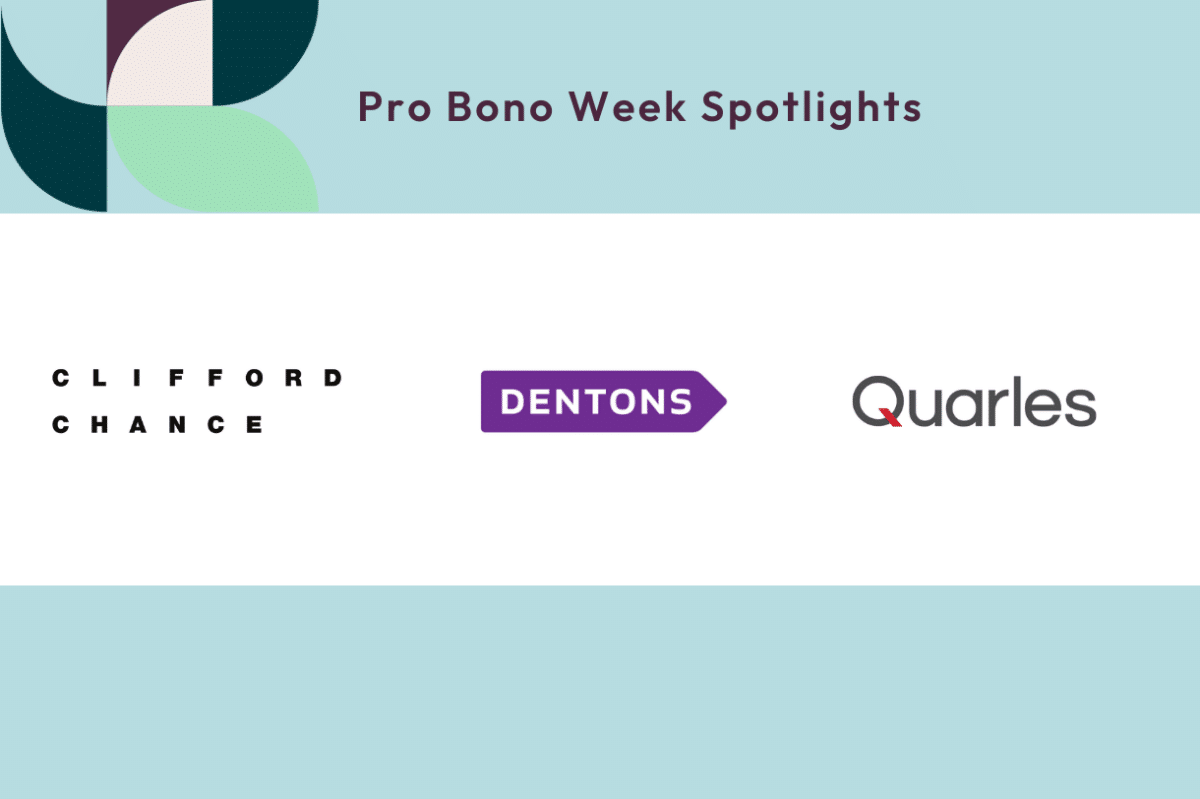On September 29–30, 2022, Paladin participated in the first of its kind PBI Summit focused on ESG — Environment, Social and Governance. The goal of the summit was to bring together leaders in the ESG space and leaders in the Pro Bono space to talk about if, how, and where the important work of serving the public through pro bono can support ESG goals.
Opening Day Town Hall
Beginning with opening remarks from Mark Kramer of Harvard Law School, a few themes were consistently articulated:
- Positive social impact CAN be a competitive business advantage
- Law firms should consider changing their business model — including incentives and focus — to one that creates a positive social impact
- Generally, folks believe there is a need to invest resources in systems thinking to break down the barriers to justice — including process, regulatory and policy changes — but cannot do this at the expense of serving individuals who need legal help now.
There was also consensus that the corporate world is ahead of the legal world when it comes to reporting on ESG — especially regarding the ‘E’ and the ‘G.’ The law firms present seemed to understand that their role as vendors to these corporations — their clients — were a driving force behind the need to “figure out” how pro bono work can advance their ‘S’ocial goals.
ESG [can be] a promotion of what we always feel we should be doing anyway
Renata Parras Paul Hastings
There was also a need to define the ‘S’ in ESG for many people, which seemed to include areas like:
- Workforce engagement and training
- Diversification of customers served
- Impact on community and society
- Human rights advocacy
- Data and IT security
This was by no mean an exhaustive list, and there was tension between the need to coalesce around a definition and also the freedom to define it for oneself — to not let “perfect be the enemy of good.”
The Business of Law Makes Systemic Change Harder
Lisa Fairfax, shero and Presidential Professor and Co-Director of the Institute for Law and Economics at PennCarey Law School, stated that “in Washington DC, where there are more lawyers than anywhere else on Earth, and where there is one of the best pro bono cultures anywhere,” 88% of domestic violence cases last year did not have representation. She asked what was holding the legal community back from making real, systemic change, and Jim Sandman, President Emeritus of the Legal Services Corporation, spoke plainly: “the regulatory environment is harming the public.”
This led to a lively discussion about the opportunity that technology like Paladin has to disrupt these problems. Mark Chandler, member of the Dean’s Advisory Council for Stanford Law School (and — full disclosure — Paladin board member) spoke of the work that Stanford is doing to standardize and digitize court forms across multiple states — making it not only easier for folks to complete the forms, but also more streamlined for the court system in general. Participants started asking questions like: “What jobs need to be done and who can do it?” and “Does it really require a lawyer to do this?” Tanja Vujic of Jenner & Block asked, “Should social and pro bono empower people to know what justice is, and also to provide tools to navigate the system?”
Day 2 Sessions
Measuring the impact of pro bono on the ‘S’ in ESG
Two of us attended this session, moderated by Sarah Byrne, Senior Counsel for Moore & Van Allen and Matt Sparkes, Global Head of Sustainability, Linklaters. Much of the discussion attempted to define ways that the legal industry could define for itself a framework for measurement so that it wasn’t subject to decisions made by third parties or industries that do not adequately compare to the it.
Several ideas were discussed, and one clearly emerged with potential: Could the Greenhouse Gas Protocol’s (https://ghgprotocol.org/) concept of Scope 1, 2, 3 emissions be applied to social impact for law firms? What could that look like? Here’s a starting point:
- If Scope 1 is “direct impact” — then the law firm’s internal work on initiatives like hiring would be included here;
- If Scope 2 is “vendors and partners” — then the law firm’s own work to align its missions and values to doing the most good would be included here;
- If Scope 3 is “indirect value chains” — then the law firm’s own work to provide pro bono assistance would be included here.
Given that we were at a PBI event, #3 above was of course the focus for the remainder of the session. The discussions about systems changes — e.g. “How do we not do for clients what they can do for themselves” (Josh Koenig, Program Officer, North America at TrustLaw) and their importance and potential conflict with direct action support via pro bono matters management. Sharon Yoo of Legal Services of Northwest Jersey described the Equal Justice Fellow model and wondered if funding more opportunities in a similar way would be useful, and others encouraged hybrid approaches via partnerships with non-profit law centers. Sparkes also offered that his firm will track “impact” — where it’s clear that 90% of the work towards an outcome was done by the firm, and “influence” — where the firm was involved, so takes at least partial credit.
Participants did not walk away with a final solution, but the session offered a lot of thought-provoking ideas to consider as the industry as a whole attempts to define success for itself, before it gets defined for them.
The impact of Market Solutions on Pro Bono and ESG Efforts
This session, which was facilitated by Renata Parras from Paul Hastings and Cheryl Naja of Alston & Bird, and exposed some real frustration on the part of law firms. They lamented the variability of offerings in the market, and viewed them all quite skeptically — seeing them more as “opportunistic” and not helpful because they are not tailoring their solutions to the legal market. One participant shared that many of the questions asked in these one-size-fits-all surveys are not applicable to the their work. Having to answer ‘no’ to an irrelevant question results in a lower score for the firm, and, they said “we have lost business because of it.”
Two potential solutions resulted from this conversation. The first was to consider a law industry-specific ranking managed by a trusted, impartial partner, like the PBI. The other was to bring together industry representatives and create a “model survey” of relevant questions that these solutions providers can then manage. This is an area to watch — some consolidation and uniformity of measurement is needed in order to offer regulatory authorities and customers the ability to judge firms fairly and based on relevant inquiries.
How Technology Can be Used in Pro Bono
We also attended this session, facilitated by Angela Vigil from Baker McKenzie and Ben Rubinstein from Herbert Smith Freehills.
The concept of technology came up as a theme in Day 1, and this session on Day 2 was used to expand on the ways in which we might use technology to support pro bono practices. The session started by brainstorming how and when technology could be useful to support the process, and it was determined that tech can be a powerful tool to:
- Streamline the process;
- Create efficiency;
- Tell a compelling impact story; and
- Expand who can volunteer for pro bono
and could be most useful during the pro bono process for volunteer matching, data collection, and remote collaboration — particularly for rural areas where access is more challenging.
The conversation then shifted to focus on how attendees are using technology today and what solutions are working well for them. There was variability in the room as to whom was using tech solutions more regularly, vs those that may be newer to the concept, so the facilitator, Angela Vigil, wanted to create space to share ideas. There were a variety of solutions that were mentioned, and ranged from low-tech to high-tech options. Many attendees brought up how the pandemic was a catalyst for remote legal services, so Zoom and collaboration tools that support remote clinics and other remote activities were raised. Someone even mentioned using Miro to post all available pro bono opportunities so that legal professionals can view, comment and coordinate with each other. Automation and document tools, like the one Mark Chandler is creating, were also seen as transformative for helping simplify complex legal processes (filling out legal forms) and empowering clients to self-serve.
The last category of tech solutions were centered on pro bono recruitment, and management. Attendees mentioned Trust Law, Paladin, Salesforce and Florida Pro Bono Matters as tech solutions that support pro bono partially or more comprehensively. During this part of the discussion, it was discussed that these tools are most desirable and valuable if they work within their current infrastructure, and hold everything they need “in one platform”.
The session wrapped up with a call for helpful strategies that pro bono administrators can use to get their company’s decision makers to buy-in to investing in tech to support pro bono. The primary strategy was centered around collecting evidence. It was mentioned that trying a tech tool out, using it to innovate, and then gathering the evidence needed to share out a successful story would convince those necessary to further invest.
The session ended with a sense of encouragement and excitement as attendees were able to share ideas and think of new ways to break out of the status quo. Attendees felt that it was valuable to learn what others were doing and shared a desire to create more spaces for sharing ideas. Especially as technologies evolve and more uses of them make their way into the legal space.
Conclusion
The summit brought together some really strong leaders from around the world and served to synthesize perspectives about the evolution of ESG, the role of Pro Bono in it, and the challenges legal teams face as they try to “catch up” with their corporate clients. Here are our key takeaways:
In order to do ESG right, there is general alignment that it should be embedded into the entire organization using business values to drive alignment and raise consciousness;
- In order for reporting to be meaningful and fulfill the intention of ESG, it must be accurate — and this is a major gap right now;
- Legal organizations should think about systemic impacts — regulatory and policy work — to closing the access to justice gap, but not at the expense of pro bono case work;
- Firms should consider promoting the collective or aggregate impact legal teams have to make the individual case work more powerful;
- Technology has a meaningful role to play in both the acceleration and amplification of pro bono work, but also as a lever for systemic change in the system, through optimization, automation and self-service enablement.
We will be watching this space closely to ensure that Paladin’s technology evolves along with our clients and partners as the pro bono and ESG relationship picture becomes more clear.



